Kristofor D. Carlson
Neurogenesis Deep Learning
Mar 28, 2017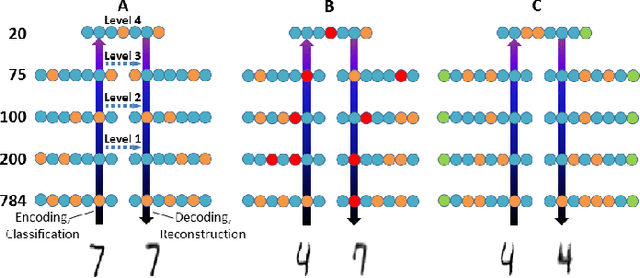
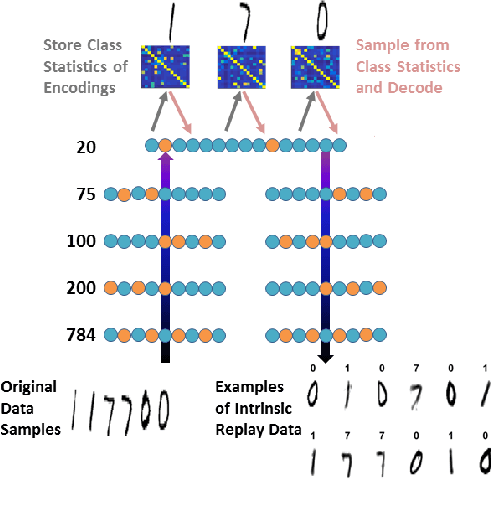

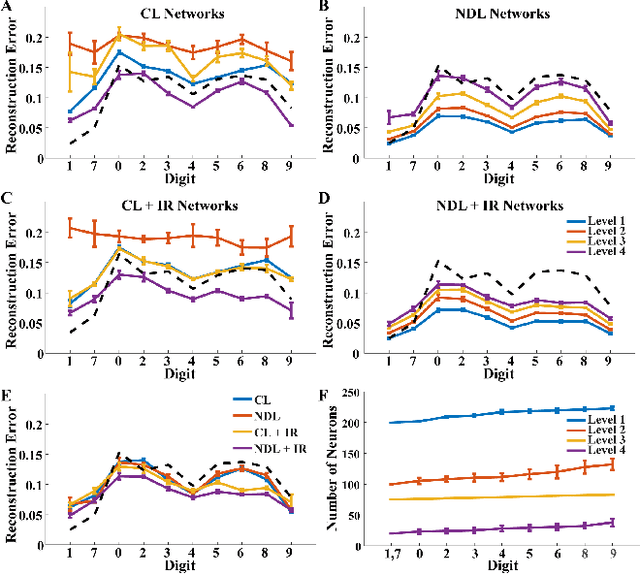
Abstract:Neural machine learning methods, such as deep neural networks (DNN), have achieved remarkable success in a number of complex data processing tasks. These methods have arguably had their strongest impact on tasks such as image and audio processing - data processing domains in which humans have long held clear advantages over conventional algorithms. In contrast to biological neural systems, which are capable of learning continuously, deep artificial networks have a limited ability for incorporating new information in an already trained network. As a result, methods for continuous learning are potentially highly impactful in enabling the application of deep networks to dynamic data sets. Here, inspired by the process of adult neurogenesis in the hippocampus, we explore the potential for adding new neurons to deep layers of artificial neural networks in order to facilitate their acquisition of novel information while preserving previously trained data representations. Our results on the MNIST handwritten digit dataset and the NIST SD 19 dataset, which includes lower and upper case letters and digits, demonstrate that neurogenesis is well suited for addressing the stability-plasticity dilemma that has long challenged adaptive machine learning algorithms.
A Digital Neuromorphic Architecture Efficiently Facilitating Complex Synaptic Response Functions Applied to Liquid State Machines
Mar 21, 2017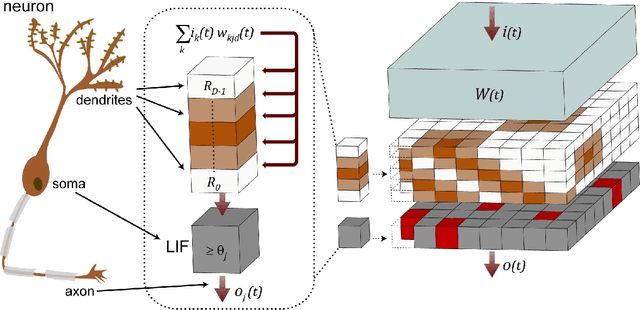
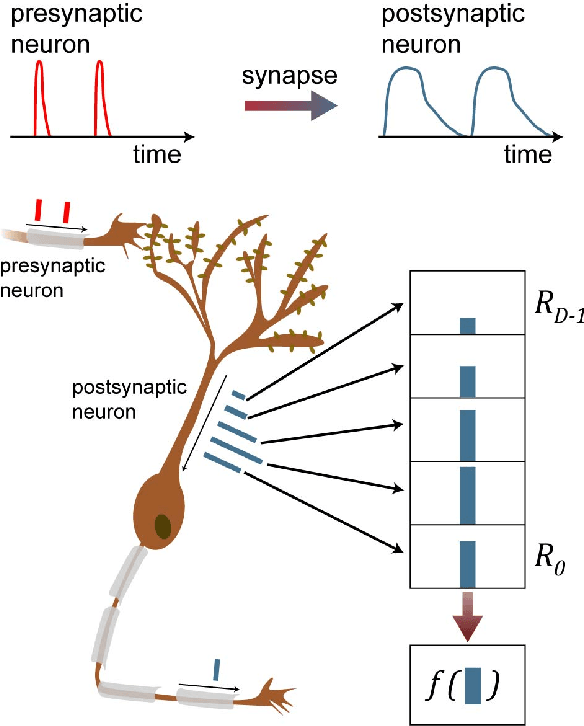
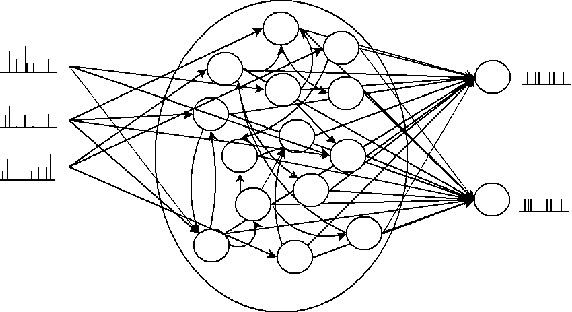

Abstract:Information in neural networks is represented as weighted connections, or synapses, between neurons. This poses a problem as the primary computational bottleneck for neural networks is the vector-matrix multiply when inputs are multiplied by the neural network weights. Conventional processing architectures are not well suited for simulating neural networks, often requiring large amounts of energy and time. Additionally, synapses in biological neural networks are not binary connections, but exhibit a nonlinear response function as neurotransmitters are emitted and diffuse between neurons. Inspired by neuroscience principles, we present a digital neuromorphic architecture, the Spiking Temporal Processing Unit (STPU), capable of modeling arbitrary complex synaptic response functions without requiring additional hardware components. We consider the paradigm of spiking neurons with temporally coded information as opposed to non-spiking rate coded neurons used in most neural networks. In this paradigm we examine liquid state machines applied to speech recognition and show how a liquid state machine with temporal dynamics maps onto the STPU-demonstrating the flexibility and efficiency of the STPU for instantiating neural algorithms.
 Add to Chrome
Add to Chrome Add to Firefox
Add to Firefox Add to Edge
Add to Edge